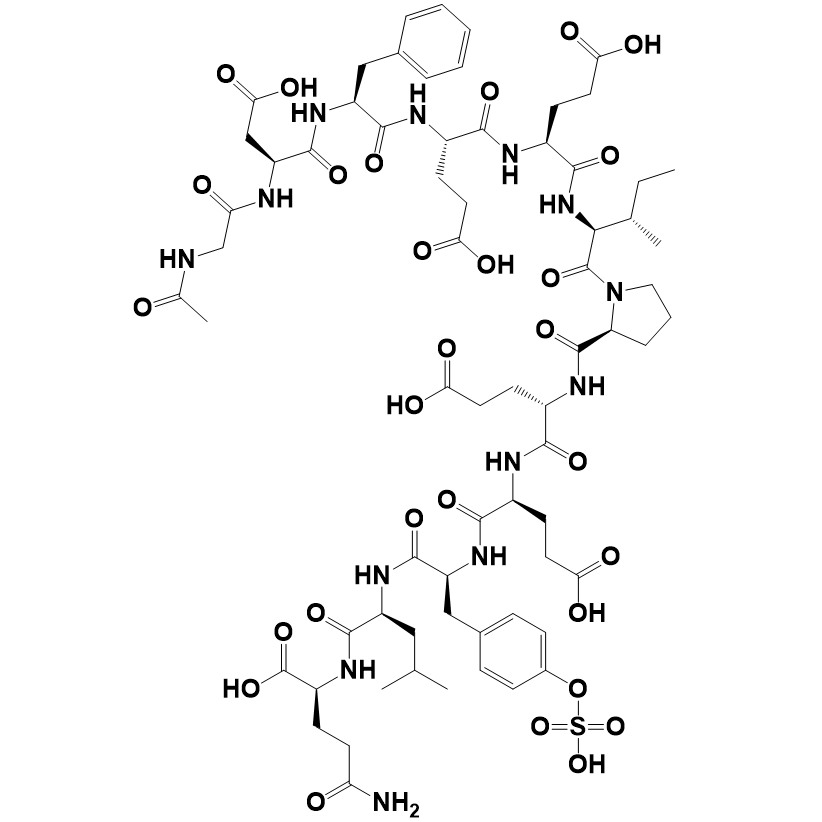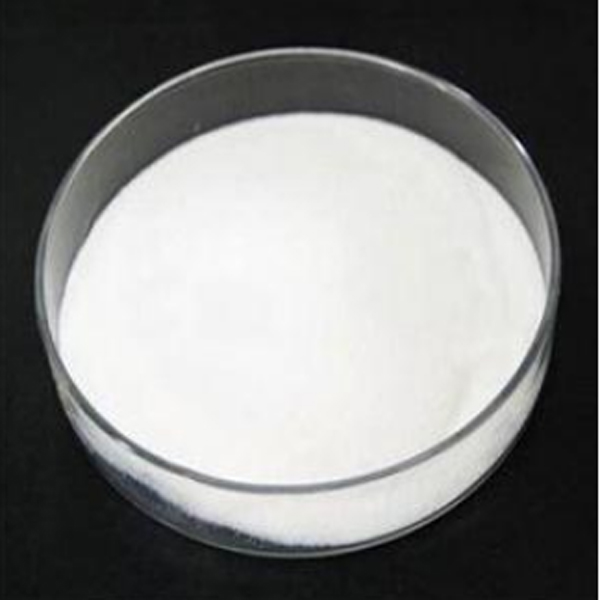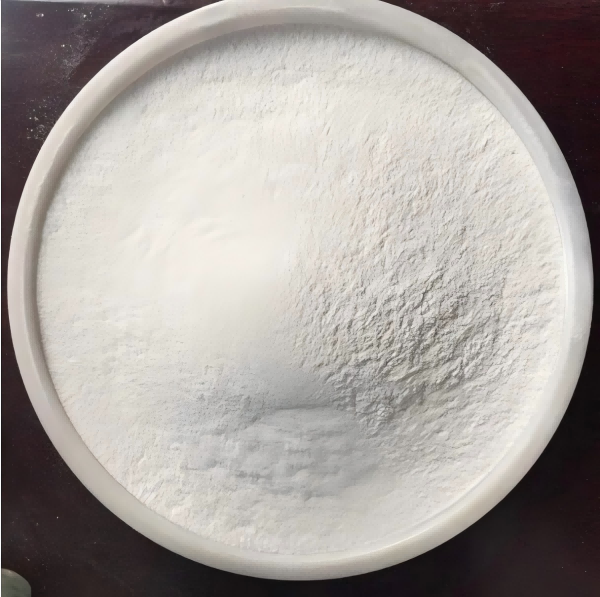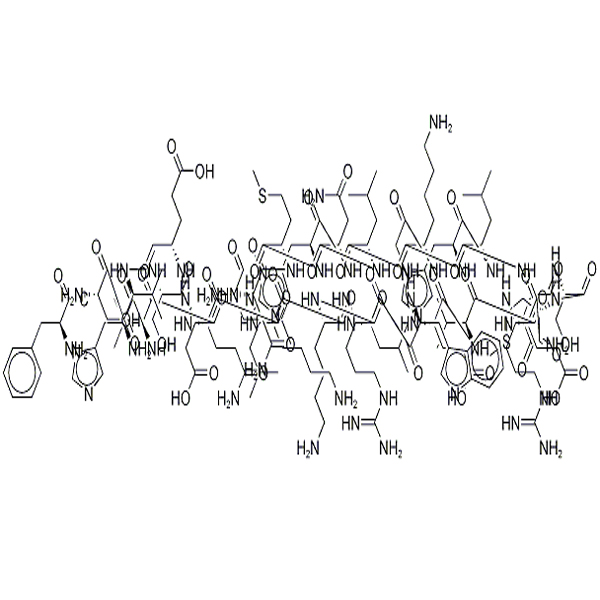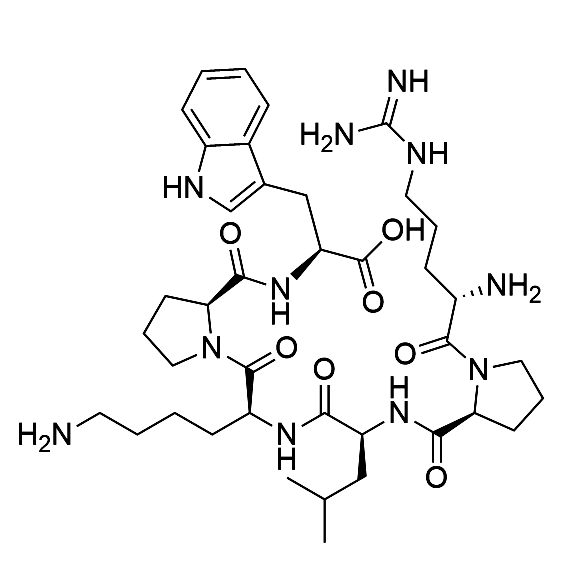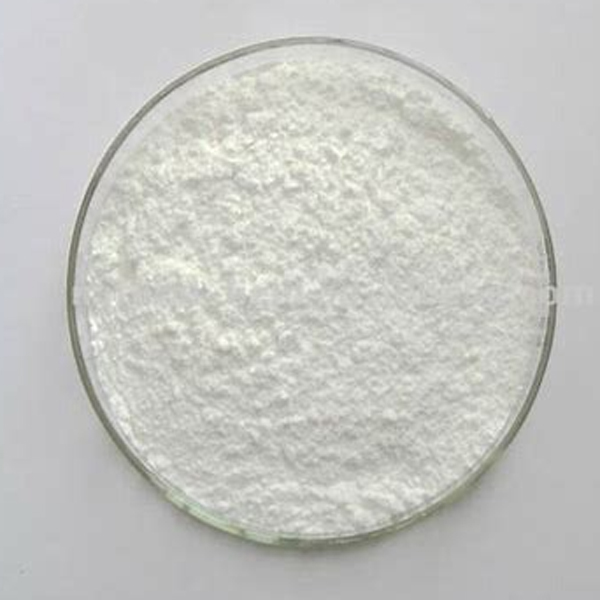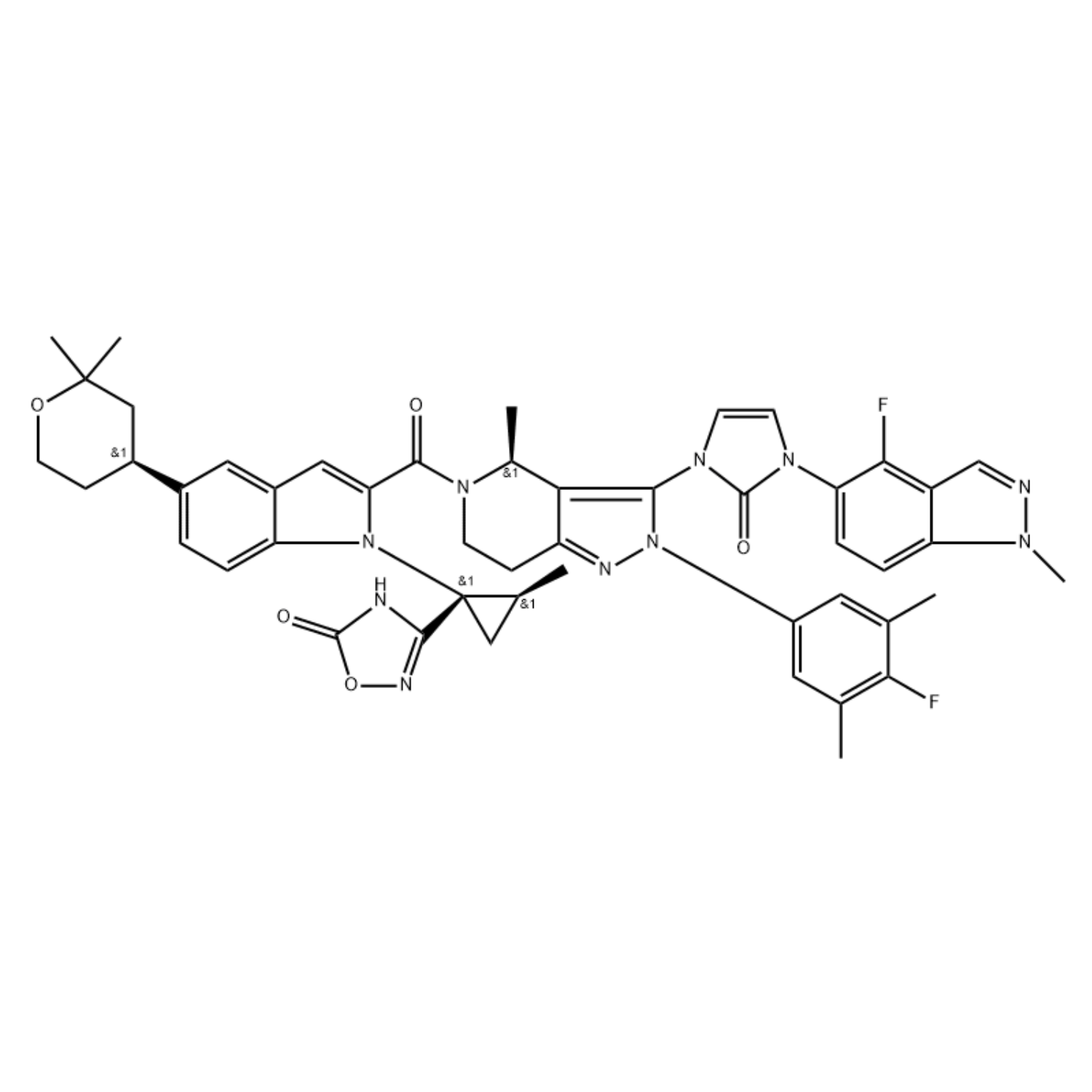Acetyl-Hirudin (54-65) (sulfated)/125441-00-1/Peptide preparation
Acetyl-Hirudin (54-65) (sulfated) is an acetyl fragment of Hirudin, which is a linear polypeptide composed of 12 amino acids. It is a derivative of Hirudin that binds directly to thrombin-rHCII (L444R) and disrupts the interaction between the N-terminal acidic domain of rHCII and the anion-binding ectopic I of thrombin.
Specifications
Apperance: White to off-white powder
Purity(HPLC): ≥98.0%
Single Impurity: ≤2.0%
Acetate Content(HPLC): 5.0%~12.0%
Water Content (Karl Fischer): ≤10.0%
Peptide Content: ≥80.0%
Packing and Shipping: Low temperature, vacuum packing, accurate to mg as required.
FAQ:
Which end is best for my research?
By default, the peptide ends with an N-terminal free amino group and a C-terminal free carboxyl group. The peptide sequence often represents the sequence of the mother protein. In order to be closer to the mother protein, the end of the peptide often needs to be closed, that is, n-terminal acetylation and C-terminal amidation. This modification avoids the introduction of excess charge, and also makes it more able to prevent exonucliase action, so that the peptide is more stable.
What are the best preservation conditions? How stable is the peptide?
After lyophilized, polypeptide can form fluff or flocculant powder, which can avoid premature degradation of polypeptide. Recommended storage conditions: a. -20℃ storage or dry environment b. Try to avoid repeated freeze-thaw c. Try to avoid storage in solution state (freeze-dried powder can be stored in separate packages for convenience of use) d. If it must be stored in solution, it is recommended to dissolve the peptides in sterile water under weakly acidic conditions and store at -20℃.
What are the advantages of PEG-modified peptides?
Polyethylene glycol modification is the addition of a polymer (ethylene glycol) to the target molecule by means of covalent bonding. By camouflaging the peptide, the PEG modification fools the host cell's immune system, enhances the therapeutic effect of the peptide, and increases the solubility and bioavailability of the hydrophobic drug. It can also prolong the circulation time of polypeptides by decreasing renal clearance.
How is the solubility of peptides?
The solubility of peptides is influenced by various factors, including amino acid sequence, charge, hydrophilicity and hydrophobicity, etc. When dissolving peptides, it is recommended to conduct a small-scale solubility test first, and after confirming complete dissolution, proceed with dilution. Go top bio provides solubility testing services.
How To Order?
1. Contact us directly by phone or email: +86-13735575465, sales1@gotopbio.com.
2. Order online. Please fill out the order online form.
3. Provide peptide name, CAS No. or sequence, purity and modification if required, quantity, etc. we will provide a quotation within 2 hours.
4. Order conformation by duly signed sales contract and NDA(non disclosure agreement) or confidential agreement.
5. We will continuously update the order progress in time.
6. Peptide delivery by DHL, Fedex or others, and HPLC, MS, COA will be provided along with the cargo.
7. Refund policy will be followed if any discrepancy of our quality or service.
8. After-sale service: If our clients have any questions about our peptide during experiment, please feel free to contact us and we will respond to it in a short time.
All products of the company are only used for scientific research purpose, it’s prohibited to be directly used by any individuals on human body.

